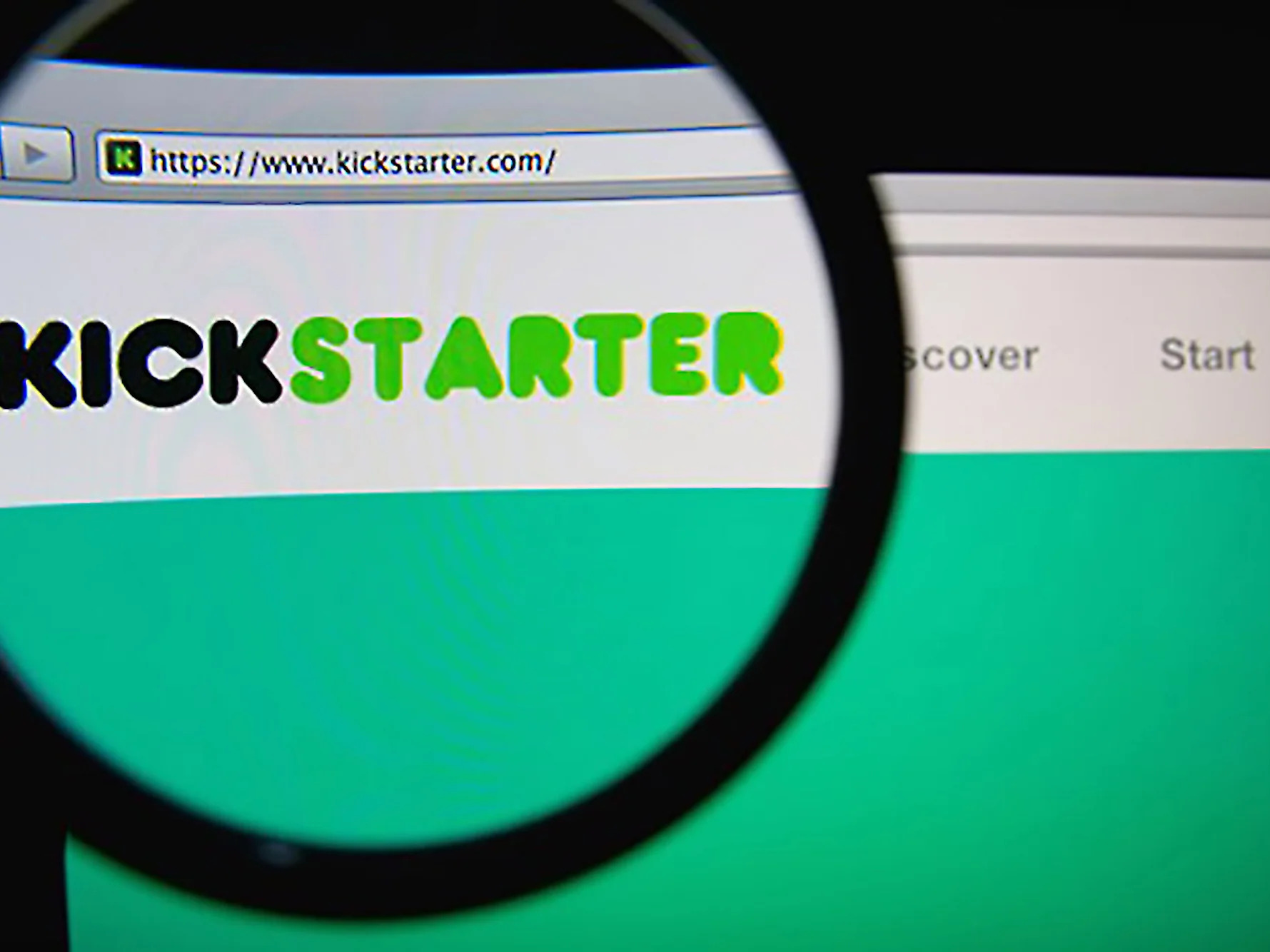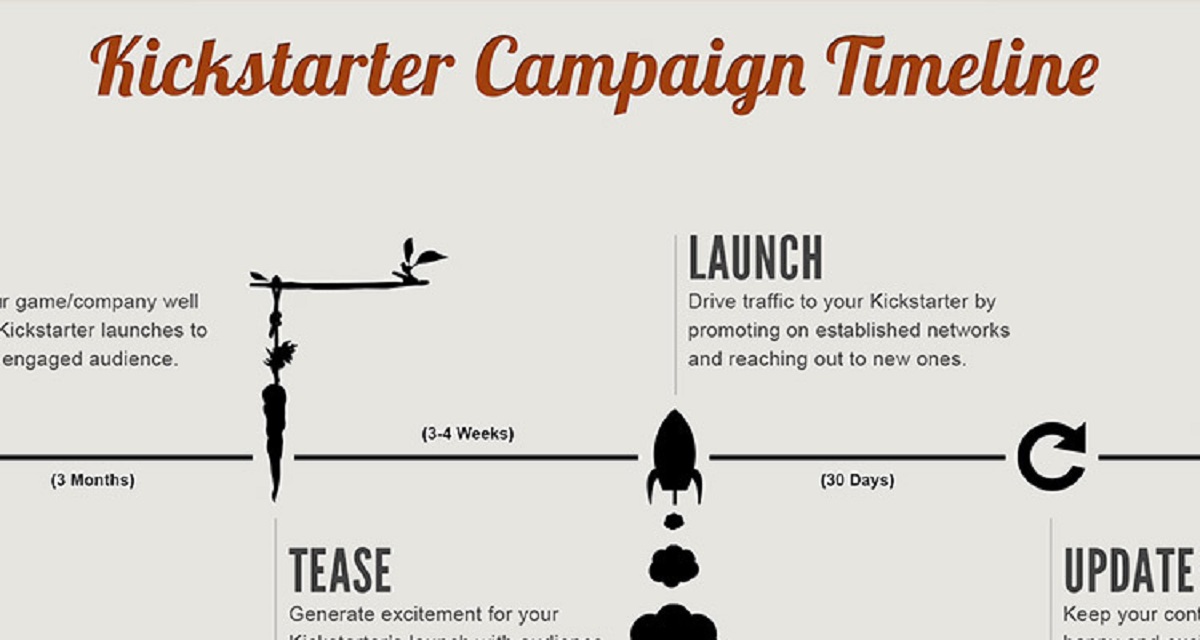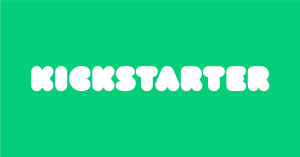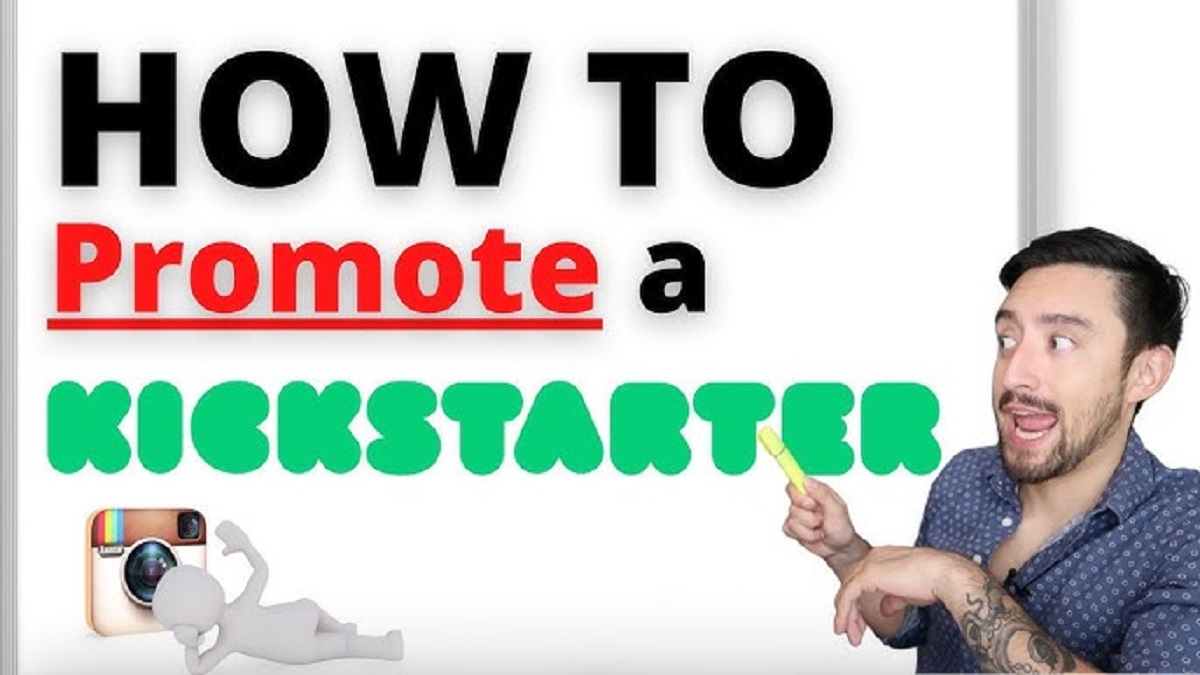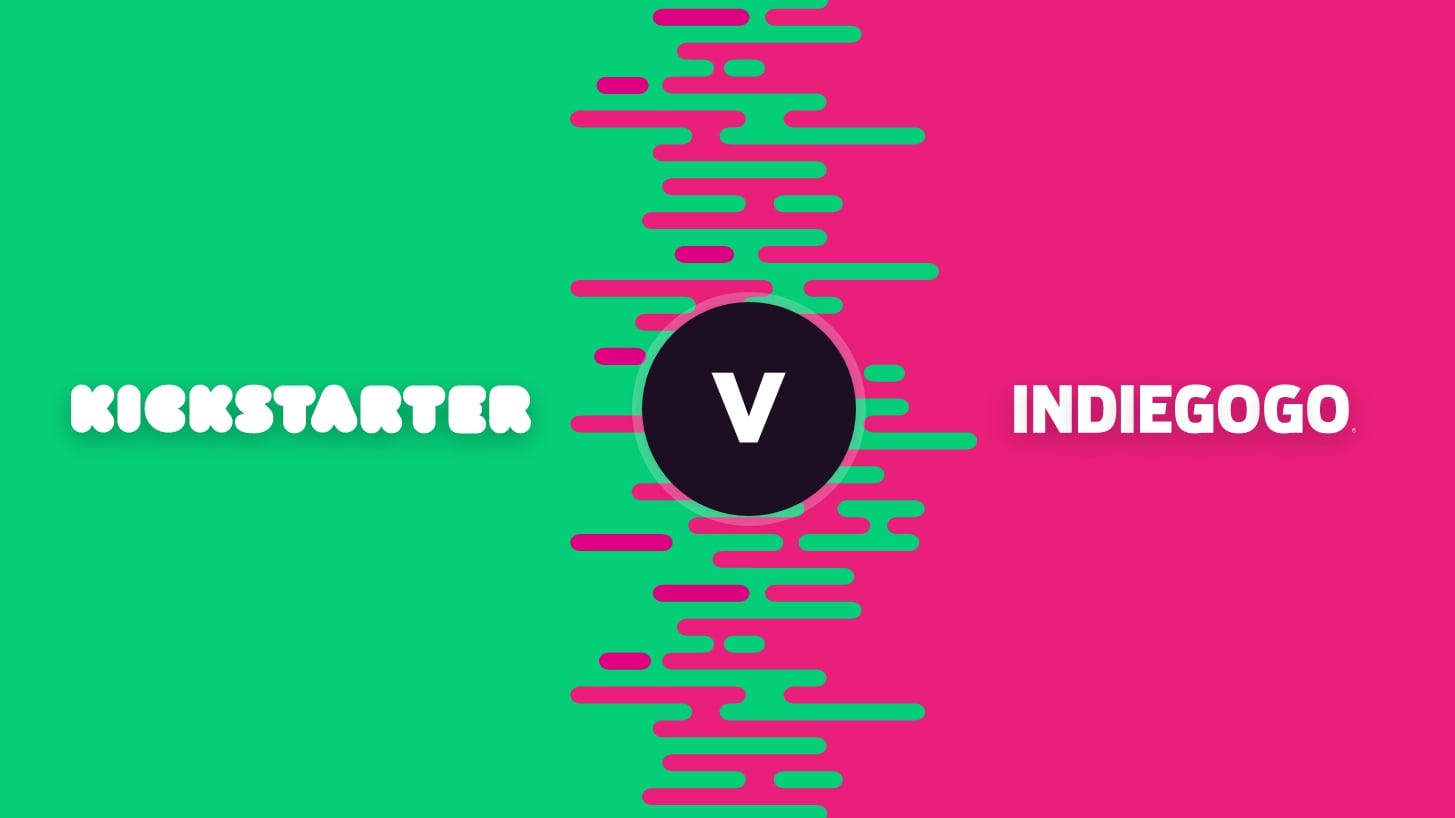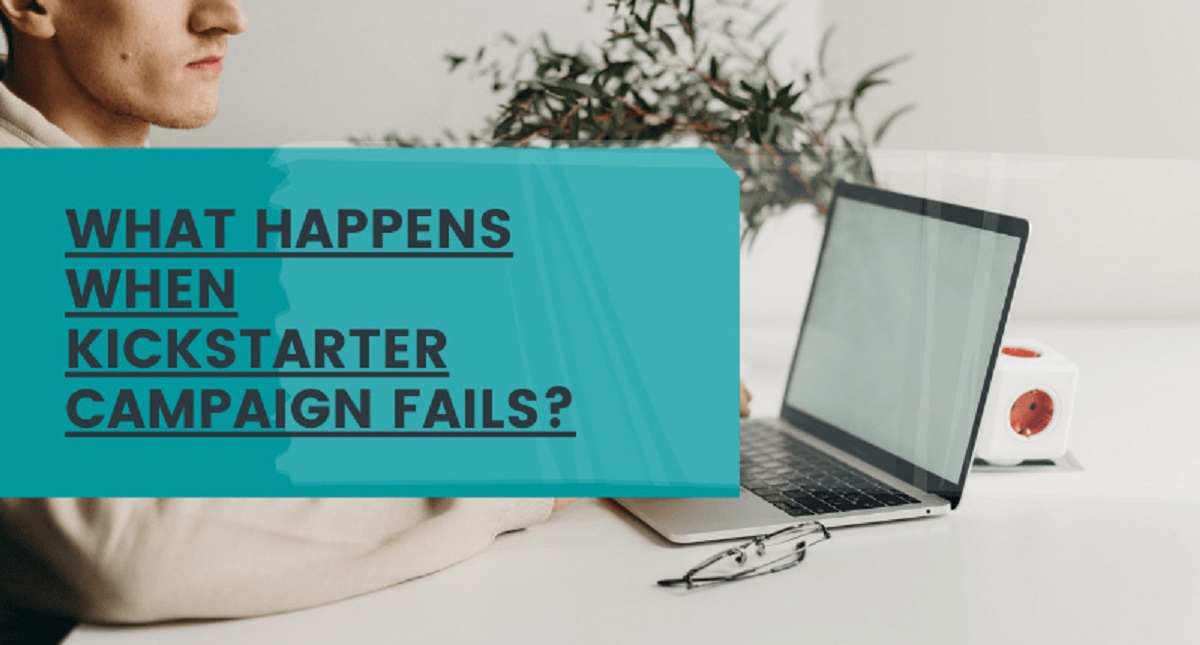Introduction
Kickstarter, the popular crowdfunding platform, has revolutionized the way entrepreneurs, artists, and creative individuals bring their ideas to life. By harnessing the power of the crowd, Kickstarter campaigns have helped fund countless projects and ventures. But how long do these campaigns typically last? The duration of a Kickstarter campaign plays a crucial role in determining its success, as it directly affects the fundraising goals and the ability to maintain interest and momentum.
While Kickstarter allows creators to choose the length of their campaigns within a specific range, it can be challenging to ascertain the optimal duration. Setting the campaign duration too short may not provide enough time to reach the funding goal, while a campaign that runs too long may lose momentum or fail to maintain backers’ interest.
In this article, we will delve into the factors that influence the duration of Kickstarter campaigns, examine some of the shortest and longest campaigns on the platform, explore the average duration, and discuss whether the campaign duration has an impact on its success. Additionally, we will provide some tips to help creators determine the ideal duration for their Kickstarter campaigns.
Factors Affecting the Duration of Kickstarter Campaigns
Several factors come into play when determining the duration of a Kickstarter campaign. Understanding these factors can help creators make informed decisions to maximize their chances of success:
- Nature of the Project: The type and complexity of the project can influence its campaign duration. Projects requiring extensive research, development, or production may necessitate longer campaigns.
- Funding Goal: The size of the funding goal is an important consideration. Higher funding goals may require a longer campaign duration to allow for the gradual accumulation of support.
- Audience Engagement: It is essential to build and engage with the target audience before launching a Kickstarter campaign. The size and level of engagement with potential backers can impact the campaign duration.
- Marketing and Promotion: A well-planned marketing and promotion strategy can generate awareness and drive traffic to the campaign page. The effectiveness of these efforts can affect the duration required to reach the funding goal.
- Timing: The timing of a Kickstarter campaign can significantly impact its duration. Launching a campaign during seasonal events, holidays, or specific industry-related events can help generate excitement and attract backers.
Creators must carefully consider these factors to determine an appropriate duration that allows for ample engagement, fundraising, and networking opportunities. Balancing the time needed to gain traction with the urgency to maintain backers’ interest is imperative when setting the campaign duration.
Shortest Kickstarter Campaigns
While most Kickstarter campaigns span several weeks or even months, some creators have successfully achieved their funding goals in remarkably short periods. These campaigns are a testament to the power of effective planning, promotion, and a compelling pitch. Here are a few notable examples of some of the shortest Kickstarter campaigns:
1. “Pebble Time”: Pebble Time, a smartwatch that garnered immense popularity, holds the record for the shortest Kickstarter campaign. It reached its funding goal of $500,000 in just 49 minutes after launching. This achievement highlighted the project’s innovative features, strong brand reputation, and the creator’s ability to generate anticipation and excitement.
2. “Touch Board”: The Touch Board, an Arduino-compatible device that transforms any surface into an interactive touchpad, achieved its funding goal of £15,000 in just 46 hours. This campaign’s success can be attributed to the clear demonstration of the product’s potential and the strong community engagement that surrounded the campaign.
3. “Exploding Kittens”: Exploding Kittens, a highly entertaining card game created by The Oatmeal, became the most-backed Kickstarter project of all time back in 2015. It reached its $10,000 funding goal in just 8 minutes and went on to raise over $8 million in just 30 days. The campaign’s success can be attributed to its humorous and visually appealing presentation, as well as the loyal following of The Oatmeal’s fanbase.
These examples demonstrate that a concise, well-planned campaign with a clear value proposition and effective marketing efforts can attract backers and meet funding goals in record time. However, it’s important to note that the success of these campaigns is not solely dependent on their short duration but rather the overall strategy and execution.
Longest Kickstarter Campaigns
While some Kickstarter campaigns achieve their funding goals in a short period, others take a more extended journey. These longer campaigns often require creators to maintain momentum and engage with their audience over an extended period. Here are a few examples of some of the longest Kickstarter campaigns:
1. “Kingdom Death: Monster 1.5”: This tabletop game, known for its intricate miniatures and immersive gameplay, holds the record for one of the longest Kickstarter campaigns. It ran for an epic 50 days, during which it raised over $12 million, far surpassing its initial $100,000 funding goal. The campaign’s success can be attributed to a combination of a dedicated fan base, regular updates, and the inclusion of stretch goals to maintain excitement.
2. “Critical Role: The Legend of Vox Machina Animated Special”: This project aimed to bring an animated special of the popular web series “Critical Role” to life. The campaign ran for a staggering 45 days and raised over $11 million, surpassing its initial funding goal of $750,000. The passionate community surrounding “Critical Role” played a significant role in the campaign’s duration and success.
3. “Kung Fury: The Movie”: This campaign sought to create a 1980s-inspired action-comedy film. It ran for 32 days and raised over $630,000, exceeding its initial funding goal of $200,000. The campaign’s enjoyable pitch, nostalgic theme, and lively engagement with backers contributed to its duration and success.
These examples illustrate that longer Kickstarter campaigns can be successful if creators can sustain interest and engagement throughout the campaign. Regular updates, community involvement, and a compelling project vision can help maintain momentum and attract backers over an extended duration.
Average Duration of Kickstarter Campaigns
When it comes to determining the optimal duration for a Kickstarter campaign, it’s helpful to understand the average length of successful campaigns on the platform. While the duration can vary depending on the project and its goals, there are some common trends that can guide creators in their decision-making process.
According to Kickstarter’s guidelines, campaigns can range from 1 to 60 days in duration. However, the most commonly chosen campaign length falls within the 30-day timeframe. This duration allows enough time to generate momentum, build interest, and engage with potential backers without losing their attention or making the campaign feel drawn out.
Statistics show that around 70% of successful Kickstarter campaigns run for 30 days. This duration strikes a balance between giving creators enough time to spread the word, gather backers, and respond to questions or concerns, while also creating a sense of urgency for potential backers to contribute before the campaign concludes.
It’s important to consider that shorter campaigns, such as 14 or 10 days, may work well for projects that already have a strong existing audience or have generated significant pre-launch buzz. However, they can also limit the potential reach and growth of the campaign, as they require quicker decision-making from potential backers.
On the other hand, longer campaigns, such as 45 or 60 days, can provide more time for creators to build momentum and engage with their audience. However, they also run the risk of losing momentum or becoming stagnant if there isn’t enough ongoing excitement generated throughout the duration.
Ultimately, the optimal duration for a Kickstarter campaign depends on a variety of factors, including the project type, funding goal, audience engagement, and marketing strategy. Creators should carefully consider these variables and the average duration of successful campaigns to determine the best timeframe to maximize their chances of success.
Successful vs. Unsuccessful Campaigns: Is Duration a Factor?
One common question that arises when planning a Kickstarter campaign is whether the duration has an impact on the campaign’s success. While it is natural to assume that a longer campaign would have a higher chance of achieving its funding goal, the reality is more nuanced.
Research and data analysis suggest that the duration of a Kickstarter campaign alone is not the sole determining factor of its success. Instead, the success of a campaign depends on a combination of various elements, including the quality of the project, its marketing and promotion, audience engagement, and funding goal.
While longer campaigns theoretically provide more time for creators to attract backers and generate interest, they may also risk losing momentum over time. The initial excitement can fade, and potential backers may lose interest or become hesitant to contribute. Consequently, maintaining an engaging campaign throughout its duration is crucial, regardless of its length.
On the other hand, shorter campaigns can create a sense of urgency for potential backers, leading to a higher conversion rate. The limited timeframe may prompt them to take immediate action and contribute to the project. However, shorter campaigns require creators to generate significant pre-launch buzz and have a proactive marketing strategy to garner attention and maximize the chances of success within that limited timeframe.
In addition to duration, creators should also consider other critical factors that influence the success of a Kickstarter campaign, such as the level of preparation, well-defined project goals, clear communication, compelling rewards, and effective marketing efforts. These factors, combined with an optimal campaign duration, can significantly impact the campaign’s likelihood of success.
Ultimately, the key to a successful Kickstarter campaign lies in striking the right balance, considering various factors such as the project’s nature, funding goal, audience engagement, and marketing strategy, alongside an appropriate campaign duration. By carefully planning and executing these elements, creators can increase their chances of achieving their funding goals and bringing their projects to life.
Tips for Determining the Duration of Your Kickstarter Campaign
Setting the right duration for your Kickstarter campaign is a crucial aspect of its success. To help you determine the optimal duration, here are some key tips to consider:
- Research Similar Projects: Look into successful campaigns similar to yours and analyze their durations. This can provide valuable insights into what has worked for others in your niche.
- Evaluate Your Project Complexity: Consider the complexity of your project and the time required to complete it. If it’s a straightforward venture, a shorter duration may be sufficient. However, more complex projects may require a longer campaign to gather momentum and reach the funding goal.
- Assess Your Existing Audience: Evaluate the size and engagement level of your existing audience. If you have a dedicated community or a significant social media following, a shorter campaign may be appropriate. However, if you are still building your audience, allow for a longer duration to give yourself time to grow reach and attract backers.
- Plan Your Marketing Strategy: Consider the effort and resources required for your marketing and promotion strategy. If you have a well-defined plan with multiple marketing channels and resources available, a shorter campaign may be feasible. However, if you anticipate needing more time for marketing efforts, consider a longer campaign duration.
- Establish Stretch Goals: If you have stretch goals or additional features planned for your project, factor these into your campaign duration. It’s important to give yourself enough time to introduce and promote these goals throughout the campaign.
- Create a Sense of Urgency: Regardless of the duration you choose, it’s essential to create a sense of urgency for potential backers. Implement limited-time rewards, exclusive updates, or early bird specials to encourage backers to take action sooner rather than later.
- Stay Flexible: Be prepared to adjust the duration if necessary. Monitor the progress of your campaign, assess engagement and funding momentum, and make adjustments as needed. Kickstarter allows for campaign extensions or early closures if circumstances call for it.
Remember, there is no one-size-fits-all approach to determining the duration of your Kickstarter campaign. Evaluate your project, audience, resources, and goals to find the optimal balance. With thoughtful planning and execution, you can set the right duration that maximizes your chances of reaching your funding goal and achieving a successful campaign.
Conclusion
Determining the duration of your Kickstarter campaign is a critical decision that can significantly impact its success. While there is no definitive formula for the perfect campaign duration, understanding the factors that influence it and considering industry trends and best practices can guide you in making an informed choice.
Factors such as the nature of your project, funding goals, audience engagement, marketing strategy, and timing should all be taken into account. Whether you decide on a shorter or longer duration, what matters most is creating and maintaining engagement throughout the campaign period.
Shorter campaigns can create a sense of urgency and prompt immediate action, but they require robust pre-launch promotion and a well-coordinated marketing strategy to maximize their effectiveness. On the other hand, longer campaigns provide more time to build momentum, engage with potential backers, and overcome funding challenges.
Ultimately, the success of your Kickstarter campaign relies on a combination of factors, including the quality of your project, effective communication, compelling rewards, and continuous promotion. Monitoring your campaign’s progress and making adjustments when necessary can help optimize its performance.
Remember, every campaign is unique, and what works for one may not work for another. The key is to balance the time needed to garner support and maintain enthusiasm while still creating a sense of urgency for your backers. By carefully considering the tips and insights shared in this article, you can set an appropriate duration for your Kickstarter campaign that enhances your chances of reaching your funding goal and bringing your dreams to life.







